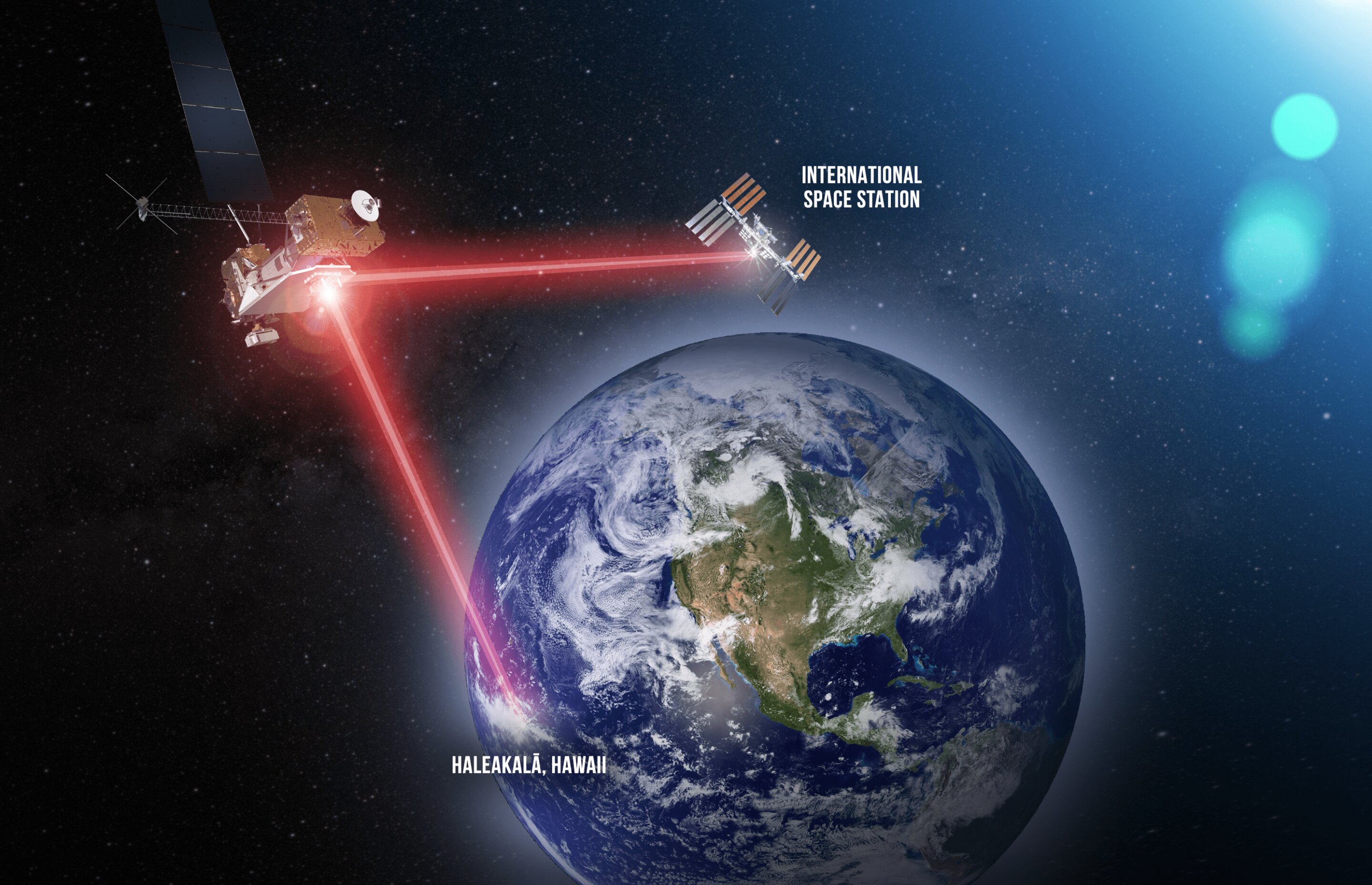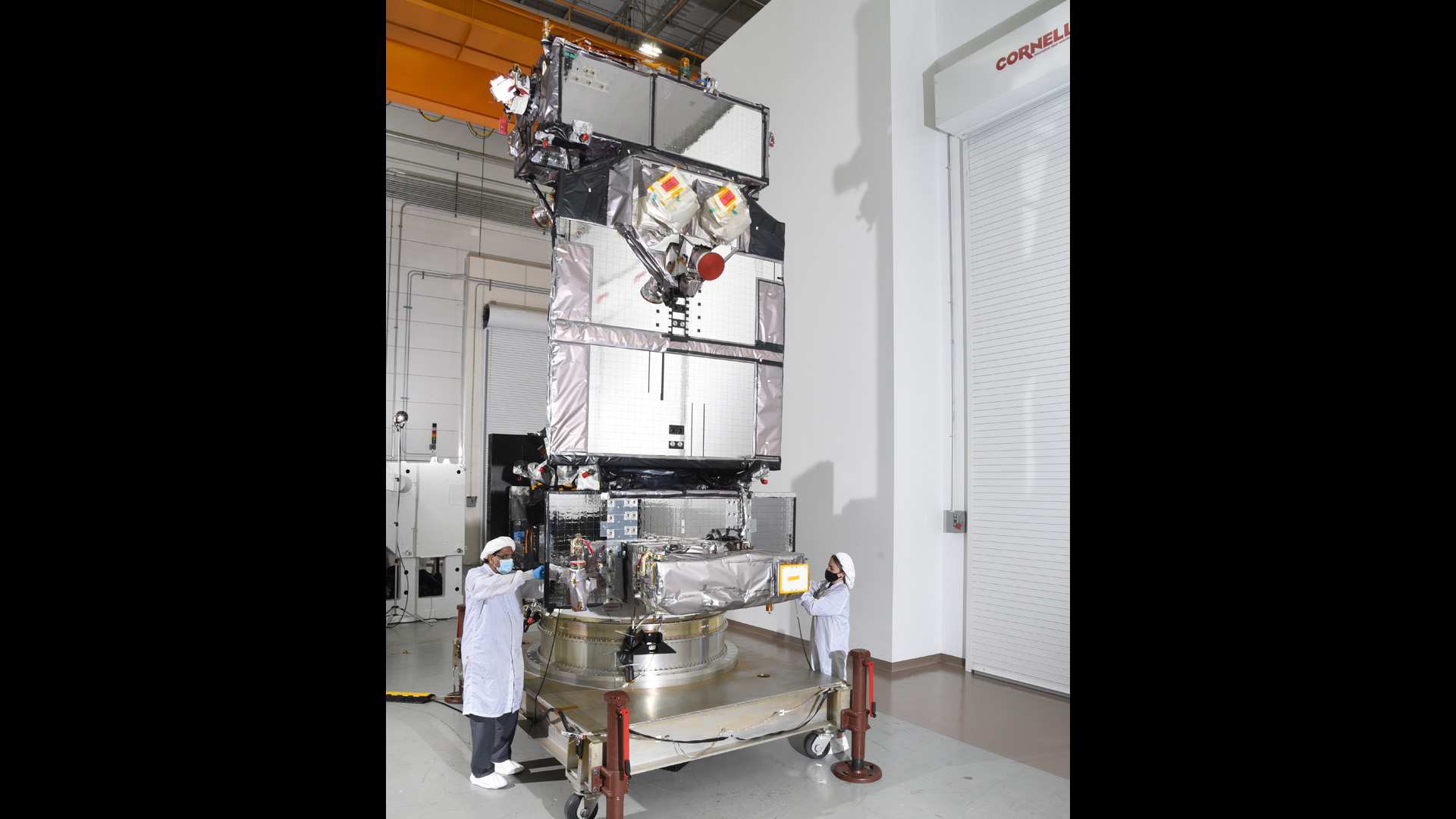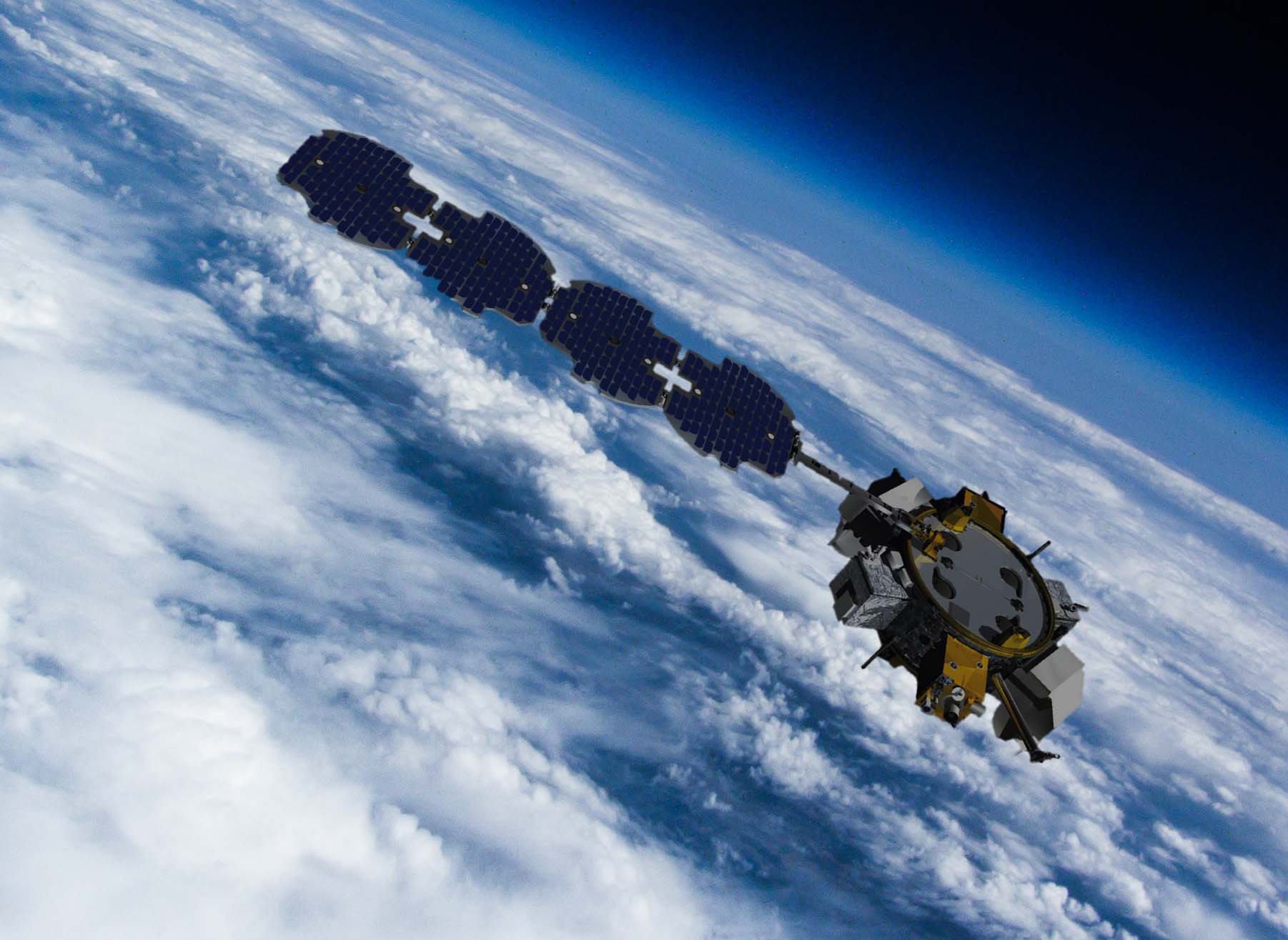Atlas V rocket launches NASA laser communications prototype and Space Force experiments into orbit
CAPE CANAVERAL, Fla. — An Atlas V rocket lit up the predawn sky over Florida early Tuesday (Dec. 7) to launch a novel NASA laser space communications satellite into orbit alongside a host of other payloads for the U.S. Space Force.
The two-stage Atlas V rocket blasted off from Space Launch Complex 41 here at Cape Canaveral Space Force Station at 5:19 a.m. EST (1019 GMT), as part of a mission called STP-3 (Space Test Program-3). The successful liftoff came more than an hour after the mission's planned launch time due to high upper level winds, and after days of delays due to a fuel leak at the launch pad.
The United Launch Alliance Atlas V soared into orbit with the help of five solid rocket boosters. Onlookers were treated to dazzling views of the rocket as it raced through the atmosphere.
Related: The history of rockets

The 196-foot-tall (59.7 meters) Atlas V launched in its most hefty configuration: the 551. This means that the rocket was powered by five strap-on solid rocket motors, a single-engine Centaur upper stage, and its payload is tucked inside a 16.4-foot-wide (5 m) fairing.
This version of the Atlas V has now flown a dozen times over the years, carrying a variety of payloads including NASA's Curiosity and Perseverance Mars rovers, as well as a host of satellites for the Department of Defense, and more.
Tuesday's flight marks the 90th flight of an Atlas V rocket since the formation of ULA in 2002. (The company is a joint venture between Lockheed Martin and Boeing.) It also marks the 672nd overall flight of an Atlas family rocket since its debut in the 1950s.
Get the Space.com Newsletter
Breaking space news, the latest updates on rocket launches, skywatching events and more!
Tucked inside the payload fairing are two satellites, each containing a host of technological prototypes and experiments that will be tested in orbit. Sponsored by the U.S. military's Space Test Program — a department dedicated to overseeing the Department of Defense's space-related activities — most of the payloads onboard are classified, but they are resting on a new platform designed for long-duraton flight. Known as LDPE-1 (short for Long Duration Propulsive Evolved Expendable Launch Vehicle Secondary Payload Adapter 1), the vehicle is designed to host payloads in orbit for up to three years.
We do know a few details about some of the other payloads on board, including a novel laser communication payload for NASA.
Called Laser Communications Relay Demonstration (LCRD), the experimental satellite will help NASA transmit data across space as the agency plans to make a return to the moon in the next few years. Currently, the agency relies on communications methods that rely on radio frequencies, but the lasers are significantly more efficient, agency officials have said.
The experiment is riding on the STPSat-6 satellite, which also includes the NASA-U.S. Naval Research Laboratory Ultraviolet Spectro-Coronagraph mission to study the origin of solar particles from the sun.

"It's a gamechanger for exploration and science," said Glenn Jackson, NASA's project manager for the LCRD mission. "[Optical communications] to reduce the weight of communications systems, decrease the power use and we get 10 to 100 times the bandwidth capability. That's a huge gamechanger for those people planning missions and getting ready for a presence at the moon and exploring Mars."
Also on board is a payload for the National Nuclear Security Administration that is designed to detect nuclear detonations from space, as well as a new type of space-based propulsion system that will be tested in orbit.
Tuesday morning's flight was expected to put the Atlas V to the test as it is scheduled to set an endurance record for the launcher. The two satellites on board will be deposited into a geosynchronous orbit sailing roughly 22,000 miles over the equator.
To that end, the Atlas V's Centaur upper stage (which is propelled by an Aerojet Rocketdyne RL10 engine) will take six-and-a-half hours to conduct three burns in order to reach the target orbit.

"This is a highly complex orbital insertion that requires three Centaur burns and precise navigation, a capability unique to the Atlas V," Gary Wentz, ULA’s vice president of government and commercial programs said in a statement. "This is our longest mission to date at seven hours and 10 minutes until final spacecraft separation."
Typically, satellites that are heading to a similar orbit are dropped into an oval-shaped transfer orbit and maneuver themselves to their final orbit. Today's launch will set a record for the Atlas V and its Centaur upper stage as it pushes the limits of Centaur's capability.
The rocket's first stage, which features a kerosene-powered RD-180 engine, will provide the majority of the thrust in addition to the five boosters. Together they will pack 2.6 million pounds of thrust to get the Atlas off the pad.
The flight also features three new upgrades to the Atlas V rocket — new payload fairings, an in-flight power system, and enhanced GPS navigation system — which will be tested in advance of flying on the upcoming Vulcan Centaur rocket. (The next-generation launcher is scheduled to begin flying sometime next year, and will replace the Atlas V.)
ULA hopes that by testing these new features on Atlas, they will see how they perform in-flight and have a better understanding of the hardware before it debuts on a brand new rocket.

Tuesday's launch comes on the heels of SpaceX's 27th rocket launch of the year, which blasted off from an adjacent pad on Thursday night (Dec. 2) and delivered 50 satellites to orbit, including 48 of the company's own Starlink internet satellites.
It also is the first of an early morning launch doubleheader here on the Space Coast. On Thursday morning (Dec. 9), just under 48-hours after the Atlas V's launch, another SpaceX Falcon 9 rocket will take to the skies, this time carrying with it a space observatory for NASA.
That mission will launch NASA's Imaging X-ray Polarimetry Explorer (IXPE) at 1 a.m. EST (0600 GMT) on Thursday to help astronomers better understand the polarization of cosmic light, and X-rays produced from black holes and neutron stars.
In addition to those launches, Russia's space agency Roscosmos will launch two Japanese space tourists (billionaire Yusaku Maezawa and his video producer Yozo Hirano) to the International Space Station with cosmonaut Alexander Misurkin on a 12-day spaceflight. That mission lifts off Wednesday (Dec. 8) from the Baikonur Cosmodrome in Kazakhstan.
Also launching this week is Blue Origin's suborbital New Shepard NS-19 space tourism mission, which will fly six people — including Good Morning America host Michael Strahan and Laura Shepard Churchley, the eldest daughter of first American in space Alan Shepard — on a short trip to space. That mission will launch Thursday from Blue Origin's launch site near Van Horn, Texas.
Follow Amy Thompson on Twitter @astrogingersnap. Follow us on Twitter @Spacedotcom or Facebook.
Join our Space Forums to keep talking space on the latest missions, night sky and more! And if you have a news tip, correction or comment, let us know at: community@space.com.

Amy Thompson is a Florida-based space and science journalist, who joined Space.com as a contributing writer in 2015. She's passionate about all things space and is a huge science and science-fiction geek. Star Wars is her favorite fandom, with that sassy little droid, R2D2 being her favorite. She studied science at the University of Florida, earning a degree in microbiology. Her work has also been published in Newsweek, VICE, Smithsonian, and many more. Now she chases rockets, writing about launches, commercial space, space station science, and everything in between.









